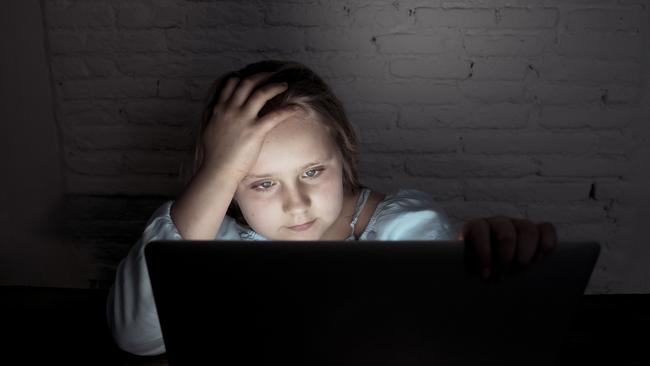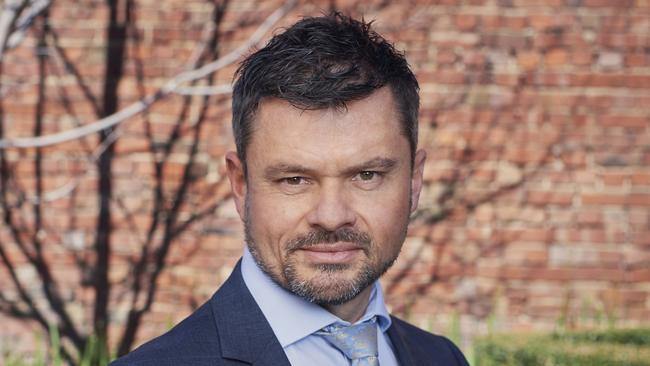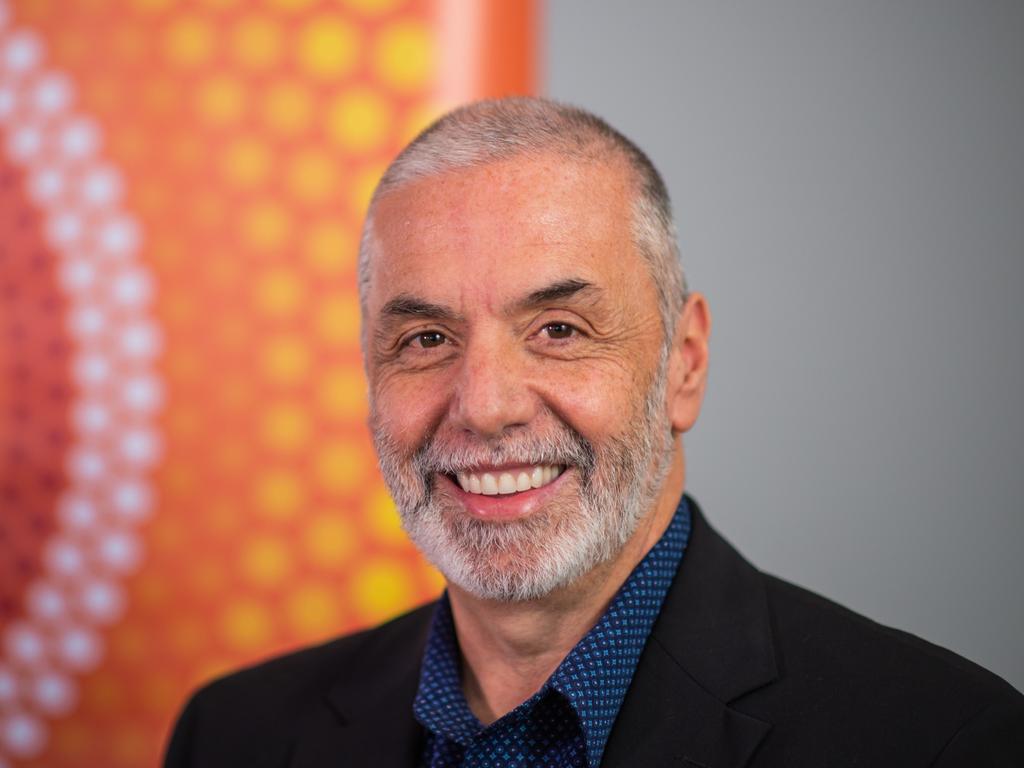One in seven girls ‘sexually harassed by a peer during childhood’
More than one in seven Australian women are sexually harassed by a peer during their childhood, predominantly by someone they know, a study has found.

More than one in seven Australian women are sexually harassed by a peer during their childhood, predominantly by someone they know, a study has found.
Yet sexual harassment has often been normalised as “boys will be boys” pubescent behaviour, downplaying the long-term impact on many of those who experience it, the report says.
The first comprehensive study of sexual harassment prevalence in Australia says 10.4 per cent of Australians experienced peer sexual harassment by the age of 18.
The proportion rises to 15.4 per cent for women, and higher still for younger women, with more than one in five 16- to 24-year-old women saying they had been subjected to sexual harassment during childhood.
For those with diverse genders the proportion is higher again, at 24 per cent for all ages and 36 per cent for those aged 16-24.
Sexual harassment is defined in the study as saying, writing or doing something sexual to a peer that is offensive or intimidating, and would include overtly sexual language or jokes, sharing explicit images and unwelcome physical touching.
Male child peers were by far the most common perpetrators, and the vast majority of incidents were inflicted by peers known to the person, data crunched from the Australian Child Maltreatment Study, a survey of more than 8500 Australians aged 16 and over finds.
The study, published in the international Journal of Interpersonal Violence, also found women who identified as gay or lesbian were almost twice as likely as other women to have reported experiencing sexual harassment as a child.
The study, “The prevalence of peer sexual harassment during childhood in Australia”, says: “In our society, peer sexual harassment is often normalised and tolerated, seen as a normal part of a growing interest in sexual activity around the onset of puberty.
“‘Boys will be boys’ attitudes normalise and downplay the seriousness of sexual harassment by peers.”
The study notes the bar set for sexual harassment is higher than previous studies here and overseas that ask whether the behaviour that had been directed towards them was “unwanted”, but it did not reach the level of sexual abuse, which is for the purpose of sexual gratification, such as touching a child’s private parts or making a child look at a perpetrators private parts.
That issue had been examined in a previous paper in January, which found the most common child sexual abuse perpetrator in Australia was another under-18 person known to the victim.

Report co-author and Australian Catholic University professor Daryl Higgins said while this study dealt with sexual harassment and not abuse, the impact should not be trivialised, as it often left those impacted at risk of adverse physical, social and psychological problems.
“We must move away from a culture of normalising peer sexual harassment and treat it for what it is – unwanted and confronting behaviour that nobody should tolerate or accept,” he said.
The study proposes prioritising public health campaigns addressing “cultural norms around violence against women and girls and other youths with diverse genders and/or sexualities.”







